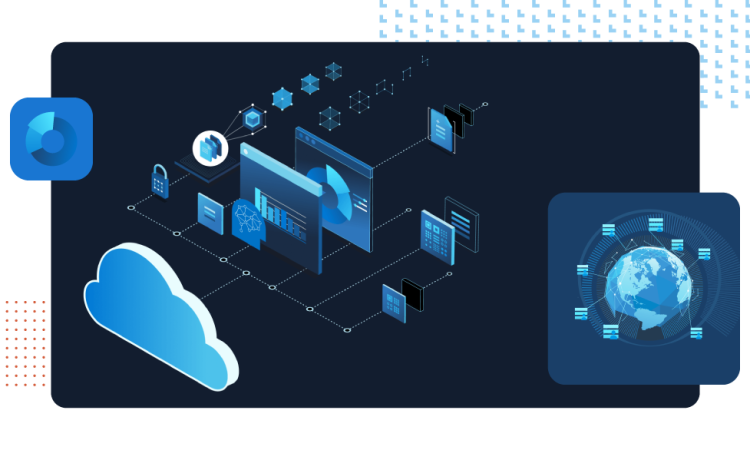
A group of cloud services under Microsoft management called the Azure Internet of Things (IoT) connect, track, and manage billions of IoT assets. IoT devices that connect to one or more backend services that are housed in the cloud make up an IoT solution, to put it simply. The Azure IoT Hub message routing function is a fantastic tool that enables you to deliver messages to various destinations in accordance with predefined criteria right from the IoT Hub service. Despite being primarily used for telemetry message routing, it is also capable of sending other types of events, such as device twin changes or lifecycle events.
What is Azure IoT Hub?
The Azure IoT hub is a cloud-based managed IoT service. It permits two-way communication between controlled devices and IoT applications. This cloud-to-device connection allows you to communicate with your devices and get data from them, as well as provide them with instructions and policies.
The Azure IoT Hub, a fully managed service, enables consistent and secure bidirectional contacts between millions of IoT devices and a solution back end. It offers a controlled platform service spanning edge and cloud to connect, supervise, and manage the trillions of IoT assets. It includes operating systems and security for devices and machines, as well as data and analytics for developing, implementing, and managing IoT applications in enterprises.
The Internet of Things services also work together in the following three areas:
- First, there are real physical objects or things that maintain a regular or irregular connection to the cloud, such as equipment, devices, or sensors.
- Second, information is acquired by the items and then processed into knowledge either by humans or AI.
- The final element is how people use the insights and apply them to their enterprises, along with the procedures and methods they use.
Connecting Azure IoT with MQTT
Use MQTT on all devices that don’t require access to numerous devices over a single TLS connection, each requiring its own unique per-device credentials.
The majority of you Azure IoT developers are utilising the Azure IoT Device SDKs to connect devices to the Azure cloud.
With the help of these SDKs, you may quickly and securely link a device to the cloud using your preferred programming language, such as C#, C, Java, Python, or Node.js.
The reason it provides an easy and efficient solution to handle all Azure IoT Hub capabilities including Device Twin, Direct ways, and Cloud messaging is why it is the recommended option. The majority of the code wiring is removed, allowing you to concentrate on functionality.
However, in some circumstances, such as when interacting with relatively limited devices, minimal MQTT functionality may be required.
If at all possible, construct your IoT Plug and Play device clients using one of the Azure IoT Device SDKs. However, you might need to use a MQTT library to connect with your IoT hub in situations like employing a device with limited memory.
A Conceptual Analysis of Azure Iot Hub
For mediating the message exchange between data sources and their associated real-time digital twin instances operating in the ScaleOut Digital Twin Cloud Service or in an on-premises deployment of ScaleOut StreamServer, Azure IoT Hub offers a potent, highly scalable hub. To link the cloud service or on-premises deployment to your already-existing account on Azure IoT Event Hub, you may construct an Azure IoT Hub Connector. Your data sources may then connect with Azure IoT Hub, and Azure IoT Hub will send their messages to instances of the real-time digital twin.
Each JSON-encoded message needs to have a property called DigitalTwinModel with the value set to the model name of the instance set within the Azure application properties (not the JSON message itself) in order to properly route messages from a data source to its corresponding real-time digital twin instance. This characteristic is used by the connection to recognize the real-time digital twin model of the data source. (Take note that deserializing the message body is avoided by using application properties.) Additionally, it leverages the DeviceId field of the Azure IoT Hub to specify a particular instance of the digital twin. This guarantees that every message from a specific source of data is sent to the appropriate model. For more information on setting application properties, please refer to language-specific Azure documentation.
